
On 9 July, Nepal’s cable operators suddenly announced that they would stop airing all private news channels operating from India. The decision had come in response to a Zee News show that claimed the Chinese ambassador in Kathmandu, Hou Yanqi, had enticed—or, as they put it, “honey-trapped”—Nepal’s prime minister, Khadga Prasad Sharma Oli, into acting at China’s behest. The story was one in a series of unsubstantiated, and often absurd, reports that have emerged from a section of Indian media following the territorial disputes of May.
Less than a week later, cross-border tensions between the two countries flared up once again, when Oli remarked that the real Ayodhya lies near Birgunj making Nepal, and not India, the birthplace of the Hindu deity Ram. More recently, only days after India’s prime minister, Narendra Modi, laid the foundation stone for a new Ram temple, Oli suggested erecting large statues of Ram, Sita and Laxman near the area he claims to be the true Ayodhya. The furore that followed Oli’s jab at one of Hindutva’s most cherished beliefs was an indication that the longer the ties between the two countries stay strained, the more likely old conflicts will be reinvented on new terms. And like the temporary restriction on television news—not a government ban but a decision among private cable operators— the Nepal–India chill is at the risk of advancing from diplomatic stand-offs to popular discontent.
This story is from the September 2020 edition of The Caravan.
Start your 7-day Magzter GOLD free trial to access thousands of curated premium stories, and 9,000+ magazines and newspapers.
Already a subscriber ? Sign In
This story is from the September 2020 edition of The Caravan.
Start your 7-day Magzter GOLD free trial to access thousands of curated premium stories, and 9,000+ magazines and newspapers.
Already a subscriber? Sign In
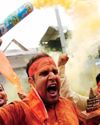
Mob Mentality
How the Modi government fuels a dangerous vigilantism
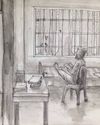
RIP TIDES
Shahidul Alam’s exploration of Bangladeshi photography and activism
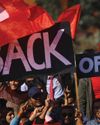
Trickle-down Effect
Nepal–India tensions have advanced from the diplomatic level to the public sphere
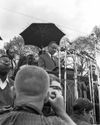
Editor's Pick
ON 23 SEPTEMBER 1950, the diplomat Ralph Bunche, seen here addressing the 1965 Selma to Montgomery March, was awarded the Nobel Peace Prize. The first black Nobel laureate, Bunche was awarded the prize for his efforts in ending the 1948 Arab–Israeli War.

Shades of The Grey
A Pune bakery rejects the rigid binaries of everyday life / Gender
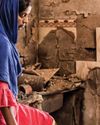
Scorched Hearths
A photographer-nurse recalls the Delhi violence
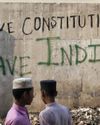
Licence to Kill
A photojournalist’s account of documenting the Delhi violence
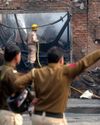
CRIME AND PREJUDICE
The BJP and Delhi Police’s hand in the Delhi violence

Bled Dry
How India exploits health workers

The Bookshelf: The Man Who Learnt To Fly But Could Not Land
This 2013 novel, newly translated, follows the trajectory of its protagonist, KTN Kottoor.